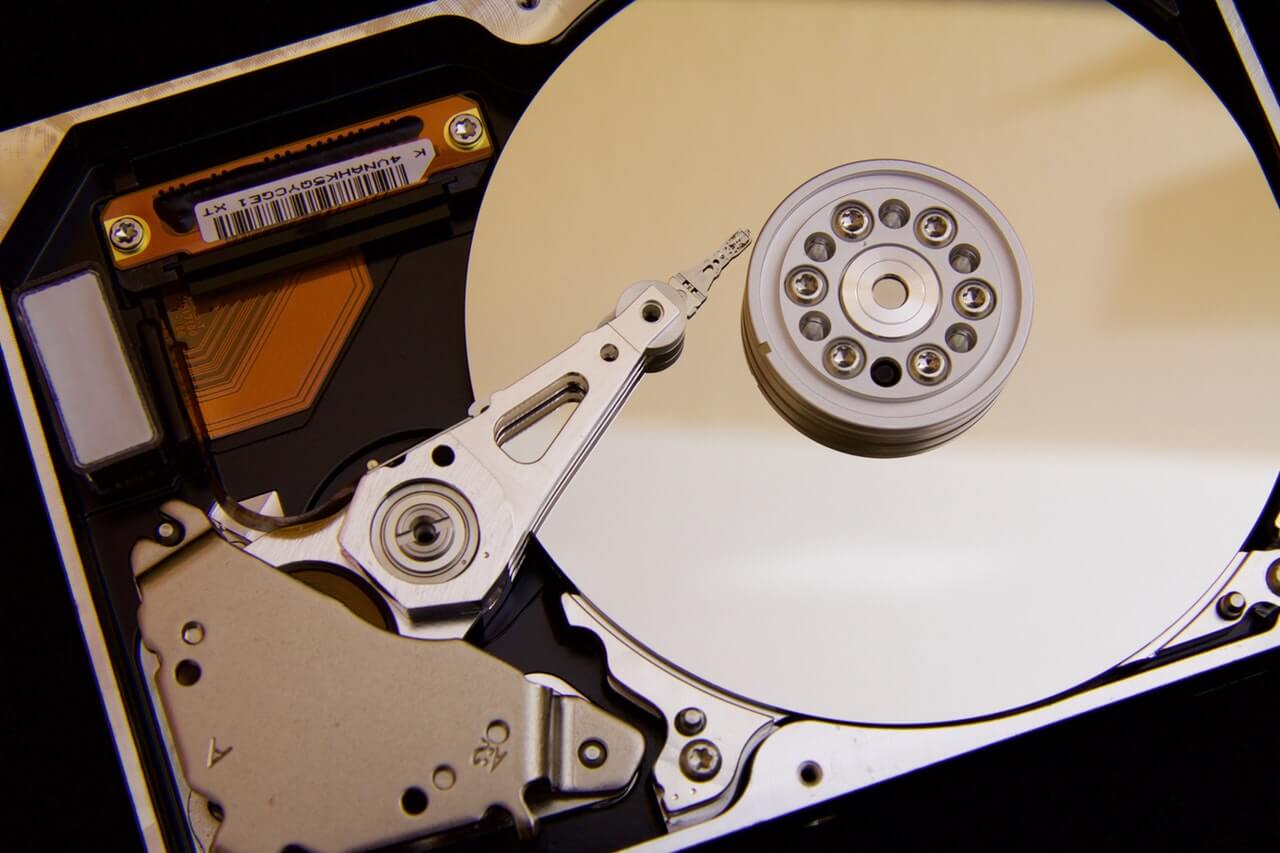
Even though Macs tend to be deemed the very user friendly computers, many Mac users don't know a lot about computer maintenance. It because the Mac OS cleverly hides the troublesome applications it functions to keep the system wholesome and secure. Sadly, while this preserves Apple's signature look and texture, in addition, it takes away the user's capability to easily monitor and maintain the well-being of their computer. Below, I urge procedures that may be carried out by most Mac users without a lot of difficulty, which can help safeguard your computer. Be smart, watch your hard drives. SMART stands for Self Monitoring Analysis and reporting technology and allowing you to run diagnostics on your hard disk to determine if a collapse is imminent.
So as run the tool, start Disk Utility and click the top level index for your drive from the left hand column. At the bottom of the window, you should see something like SMART Status: Verified. If you don't see SMART status your Mac doesn't support the technology. Although you see SMART status, but don't see Verified, your drive can be in danger of impending failure. In this instance, your best bet is to backup your data and replace the disk. This simple, but frequently overlooked process can save you from losing your data. One other thing worth noting is that even though there's a number of third party applications that may run these diagnostics automatically, be advised that utilizing utilities in the case of a hardware failure may cause harm to the drive.
Clean up files. This is self explanatory and is applicable to all computer users - take some time to organize your files on a regular basis. Clean up any downloads or files in your desktop and set the files into appropriate folders. This won't only save time, but may defend you from dropping files because of bad sectors. UNIX Maintenance Scripts. Mac OS uses automatic maintenance patterns called maintenance scripts to clean up system log files along with other temporary files. The 3 scripts are intended to operate daily, weekly and monthly. The problem is that these scripts are set by default to operate late into the night when most Macs are off or sleeping.
In the event the computer is turned off or in sleep mode in this time, the scripts won't run along with the log files will increase in size, clogging up the startup disk and slowing down functionality. The great news is that there are a variety of third party programs that exist which permit the user to place times at which to run the scripts, including MacJanitor and Anacron among others. I'll be reviewing these titles and lots of others in the weeks to come so stay tuned. At the meantime, visit our web site to find out more about Mac care, data recovery suggestions, along with other stuff.
